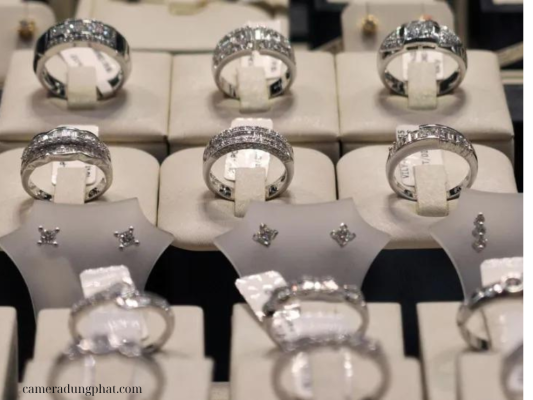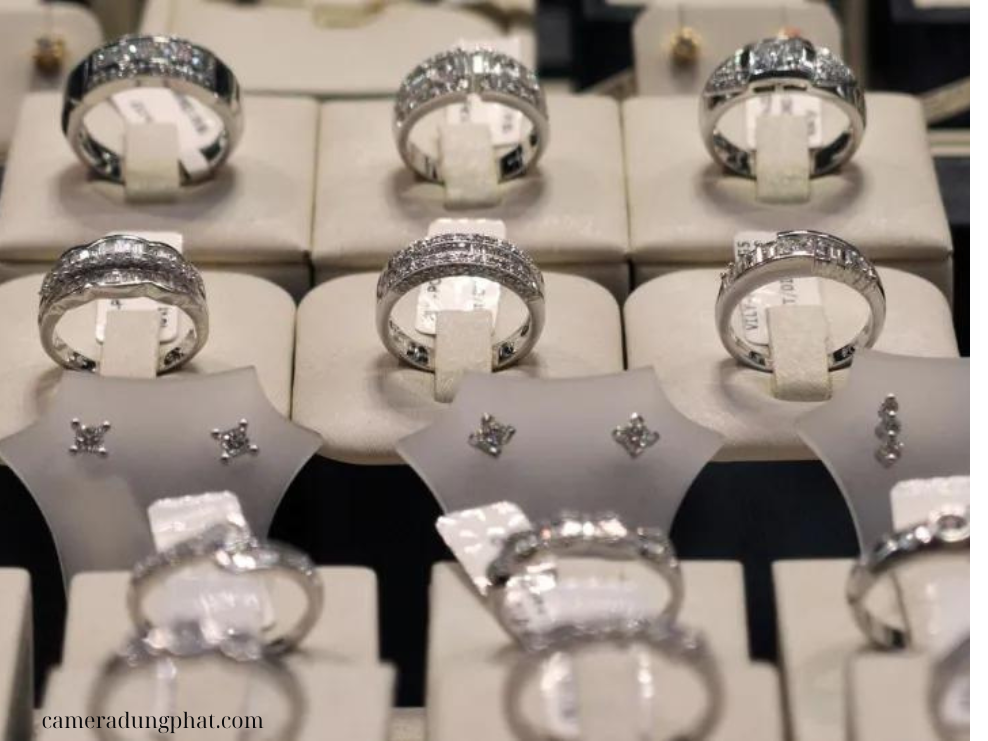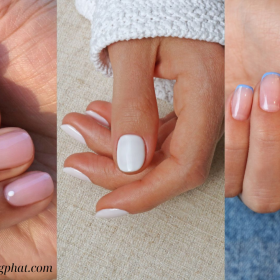The world of jewelry is not just about sparkle; it’s about understanding the intricate details that make each piece unique and valuable. Jewelry quality assessment is a critical process that ensures every gem, every cut, and every design meets the highest standards of excellence. Whether you’re a connoisseur or a casual buyer, gaining insights into the quality of jewelry can transform your appreciation and elevate your collection.

This journey into the heart of brilliance explores the art and science behind jewelry quality assessment. From understanding the 4Cs of diamonds to recognizing the craftsmanship in fine jewelry, these insights offer a deeper look into what makes a piece truly exceptional. By learning the secrets of top-tier jewelers, you can confidently navigate the world of luxury, ensuring that every piece you acquire is a masterpiece.
Key Takeaways
- Understanding Quality: Jewelry quality is determined by factors such as cut, clarity, color, and craftsmanship.
- The 4Cs of Diamonds: Mastery of the 4Cs (cut, clarity, color, carat) is essential for evaluating diamond quality.
- Craftsmanship Matters: High-quality jewelry is defined by meticulous craftsmanship and attention to detail.
- Material Integrity: The quality of metals and gemstones significantly impacts the value and longevity of jewelry.
- Certification and Appraisal: Authentic certification and professional appraisal are key to verifying jewelry quality.
Introduction to Jewelry Quality Assessment
Jewelry quality assessment is both an art and a science, combining expert knowledge with a keen eye for detail. It involves evaluating various elements that contribute to the overall value and beauty of a piece. For those who appreciate fine jewelry, understanding these elements is crucial to making informed decisions.
From the glittering diamonds of engagement rings to the lustrous pearls of a classic necklace, each piece of jewelry carries its own set of criteria for quality. Learning to assess these qualities ensures that every acquisition is not just beautiful, but also valuable and enduring.
The 4Cs of Diamonds: A Cornerstone of Quality
Diamonds are often the centerpiece of fine jewelry, and their quality is measured by the 4Cs: cut, clarity, color, and carat. Each of these factors plays a vital role in determining a diamond’s brilliance and value.
- Cut: The cut of a diamond affects its brilliance. A well-cut diamond reflects light beautifully, enhancing its sparkle.
- Clarity: Clarity refers to the presence of inclusions or blemishes. The fewer the imperfections, the higher the clarity and value.
- Color: Diamonds range in color from completely colorless to various shades of yellow or brown. Colorless diamonds are the most sought after.
- Carat: Carat weight measures the size of the diamond. While larger diamonds are more valuable, the other Cs also play a significant role in determining overall quality.
Understanding the 4Cs allows you to assess a diamond’s quality confidently, ensuring that you choose a stone that meets your standards and budget.
Craftsmanship: The Art of Jewelry Making
Beyond the gemstones, the craftsmanship of a piece is a testament to its quality. High-quality jewelry is defined by meticulous attention to detail, precision in design, and the skill of the artisan. Whether it’s the setting of a diamond or the intricate design of a gold bracelet, craftsmanship elevates a piece from ordinary to extraordinary.
When assessing craftsmanship, consider the following:
- Symmetry and Proportion: Look for balanced designs with perfect symmetry.
- Setting Quality: Check the security of gemstone settings, ensuring they are well-crafted and durable.
- Finish: A high-quality finish on metals and stones should be smooth and flawless, with no rough edges or imperfections.
Craftsmanship is what transforms raw materials into a work of art, making it a key element in jewelry quality assessment.
Material Integrity: The Foundation of Value
The materials used in jewelry play a crucial role in determining its quality and longevity. Precious metals like gold, platinum, and silver, as well as gemstones such as sapphires, emeralds, and rubies, must be of high quality to ensure that the piece will endure over time.
- Gold and Platinum: The purity of gold is measured in karats, with 24 karats being pure gold. Platinum is valued for its strength and rarity. High-quality metals resist tarnish and wear, maintaining their beauty over time.
- Gemstones: Like diamonds, colored gemstones are evaluated based on their color, clarity, and cut. The intensity of color and absence of inclusions enhance a gemstone’s value.
Assessing material integrity ensures that the jewelry you choose is not only beautiful but also durable and worth the investment.
Certification and Appraisal: The Seal of Authenticity
Certification and appraisal are crucial steps in verifying jewelry quality. Reputable jewelers provide certification for diamonds and gemstones, which includes detailed information about the 4Cs and other quality factors. An appraisal, performed by a qualified professional, gives you an accurate valuation of the piece.
- Certification: Look for certification from recognized institutions like the Gemological Institute of America (GIA) or the American Gem Society (AGS).
- Appraisal: Regular appraisals ensure that your jewelry is properly insured and that its value is up-to-date.
These documents provide peace of mind, confirming that your jewelry meets the highest standards of quality and authenticity.
Conclusion
Embarking on a journey into the heart of jewelry quality assessment opens up a world of beauty and precision. By understanding the key elements that define quality, from the 4Cs of diamonds to the craftsmanship and material integrity, you can make informed choices that enhance your collection.
Premier jewelry quality assessment insights empower you to appreciate the true value of each piece, ensuring that your investment is as brilliant as the gems you choose. Whether you’re acquiring your first piece of fine jewelry or adding to a seasoned collection, these insights will guide you toward pieces that shine with both beauty and quality.
FAQ
What are the 4Cs of diamonds? The 4Cs of diamonds are cut, clarity, color, and carat. These factors determine a diamond’s brilliance and value.
How can I assess the craftsmanship of jewelry? Assessing craftsmanship involves looking at the symmetry, setting quality, and finish of a piece. High-quality craftsmanship is precise and detailed.
Why is material integrity important in jewelry? Material integrity ensures that the jewelry is durable and maintains its beauty over time. High-quality metals and gemstones are key to lasting value.
What should I look for in a jewelry certification? A jewelry certification should be from a recognized institution like GIA or AGS and include detailed information about the quality of the diamonds or gemstones.
Why is an appraisal necessary for jewelry? An appraisal provides an accurate valuation of your jewelry, which is essential for insurance purposes and ensuring that your piece retains its value.
How can I ensure I’m buying high-quality jewelry? To ensure you’re buying high-quality jewelry, focus on the 4Cs, craftsmanship, material integrity, and always seek certification and appraisal from reputable sources.


